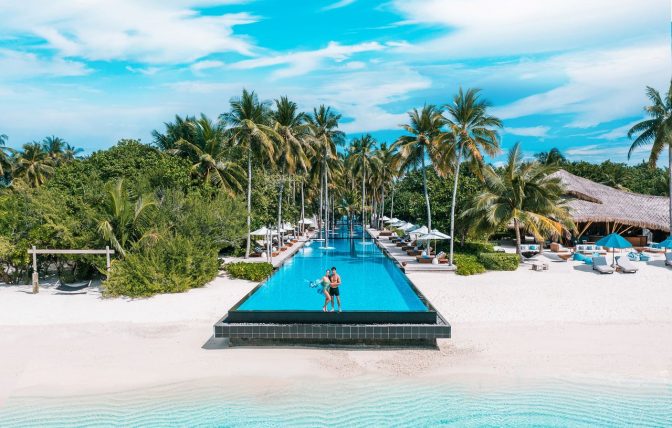


As per the statistics revealed by the Ministry of Tourism, the current average length of stay is at 9 by the end of February 2021. At this rate, Maldives will need 1.2 million tourists to achieve 10 million bed nights, same as what it was at the end of 2019.
Moving forward post pandemic, while it may take time to reach the pre pandemic tourist arrival figures, Maldives has witnessed a 40% increase in the tourists’ average length of stay within the first 2 months of 2021.
The destination has witnessed a 41.4% decline in the tourist arrivals in the first 2 months of 2021. However, in comparison to the bed nights, Maldives has merely experienced a 16% decline in the bed nights compared to 2020 during this period.

The pandemic has disrupted travel indefinitely but Maldives still has made an effort to rise up. Though the destination has welcomed over 700,000 tourists since the border reopening, it is believed that it will take time to reach the pre-pandemic tourist arrival figures.
Still, total tourist arrivals don’t say the whole story. While the total arrivals don’t truly represent the number of bed nights and expenditure by tourist comparative to the markets, it will be best to measure tourism success with key major indicator as bed nights rather than total tourist arrivals.
With the vaccination drive in place, the destination is now anticipating vaccine tourism which calls for longer stays for the guests. Travelers look for seclusion and privacy, a geographically scattered country like the Maldives can offer.
For sustainable tourism, the desired objective should be a future where tourism ‘success’, is not measured in visitor numbers alone, but rather one that focuses on the positive impacts that tourism can provide at the destination level.
While bed nights can depict a clear picture in terms of the revenue for the industry, isn’t it high time to take it as a key indicator of tourism rather than arrivals for a sustainable vision for the future of the industry?